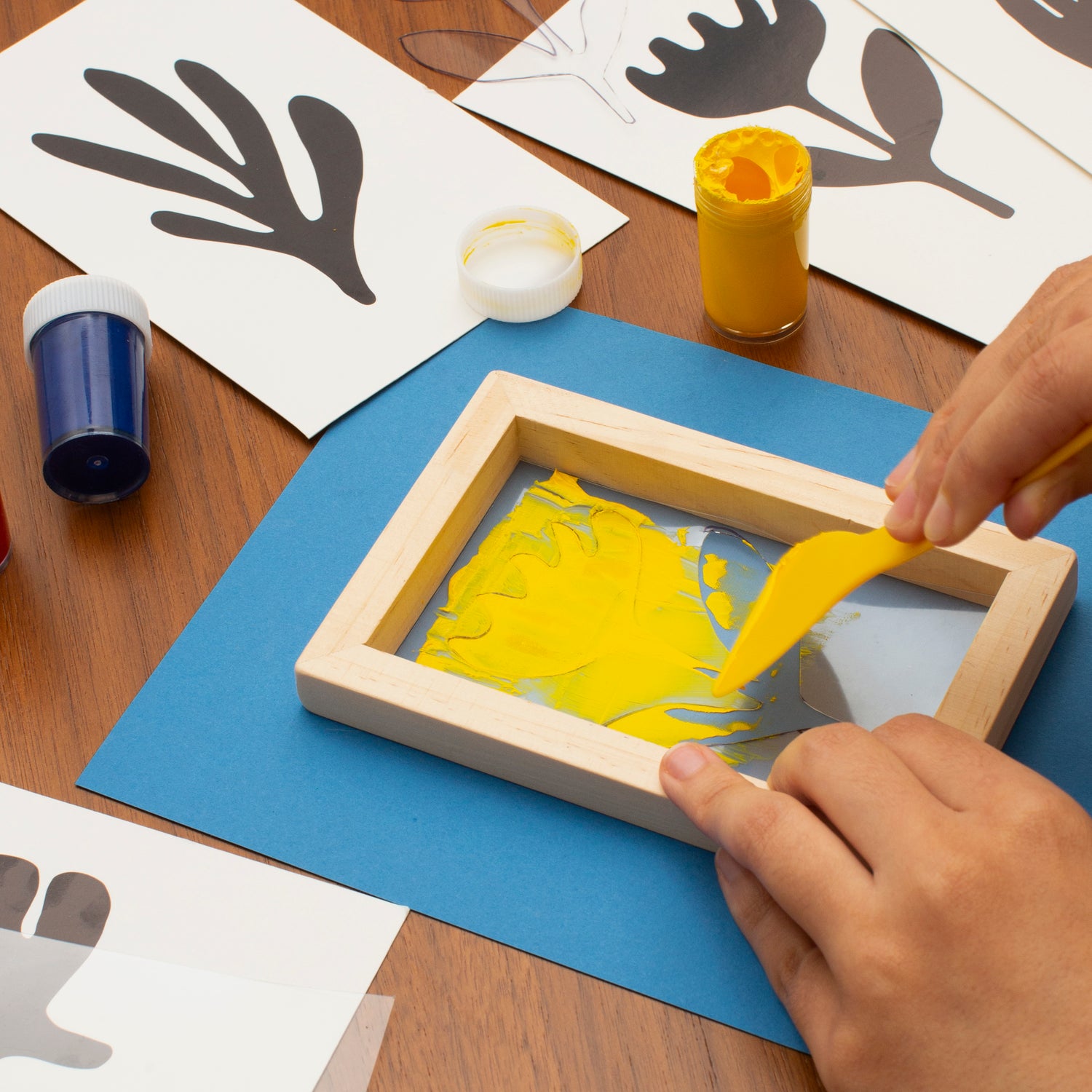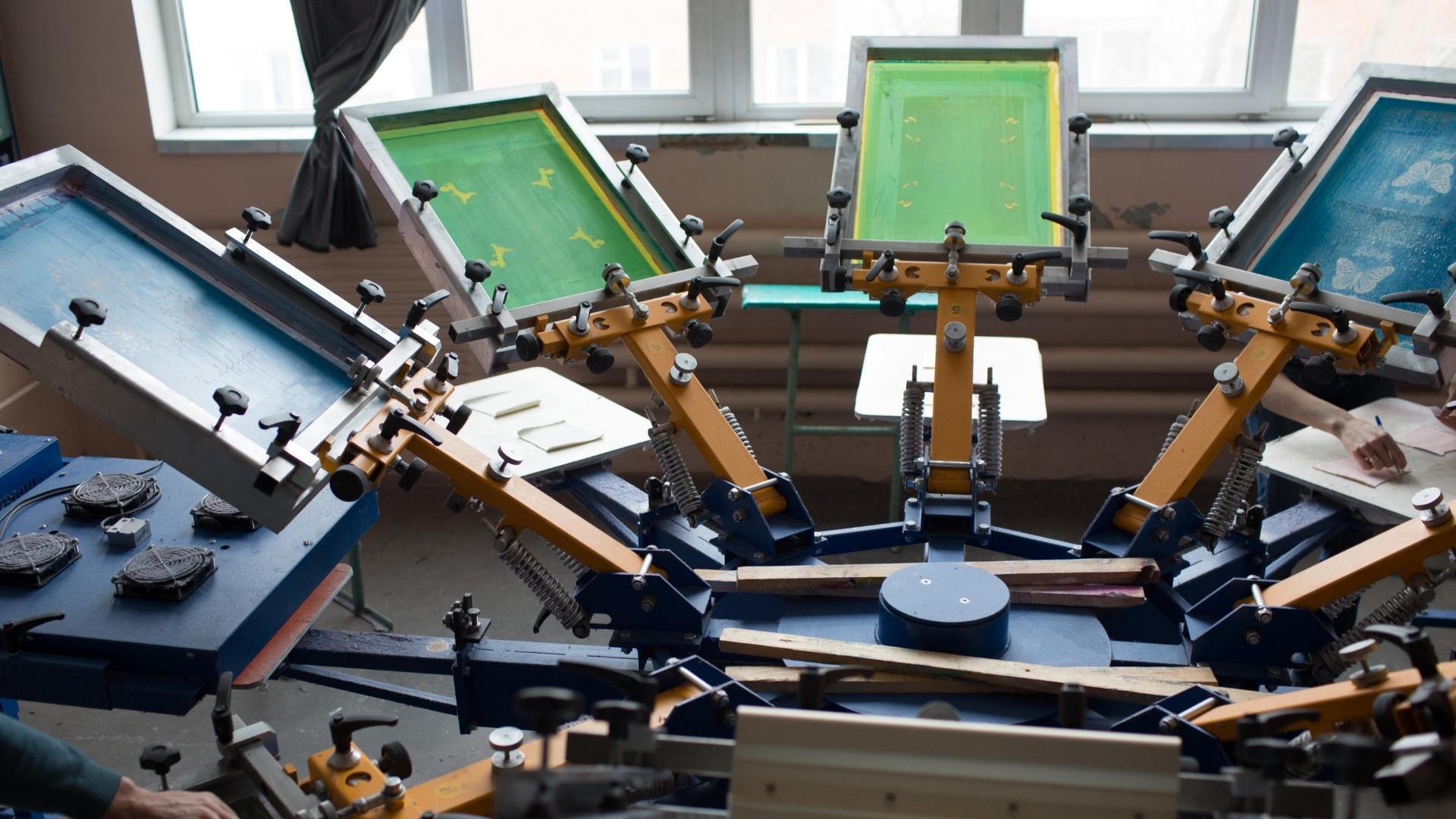ChatGPT said: Everything you need to know about reaching 10:9 Design contact for support
The Necessary Guide to Recognizing Screen Printing and Its Versatile Uses
Screen printing has a rich background that goes back to old times, advancing right into a sophisticated method used throughout various sectors today. This guide discovers the complexities of the screen printing procedure, outlining its applications in home, style, and advertising decoration - 10:9 Design Company. Comprehending these principles can open creative capacity for both industrial and imaginative tasks. The following sections will disclose essential suggestions and methods to boost one's screen printing endeavors
The Background of Screen Printing
Screen printing has roots that trace back centuries, its development shows the imaginative and technical innovations of numerous societies. Coming from old China, the technique was initially used for decorating textiles and later infect Japan, where it came to be essential to Ukiyo-e woodblock printing. The approach moved to Europe in the 18th century, where it obtained appeal amongst craftsmens and commercial printers. The invention of photo solution in the 20th century changed screen printing, permitting even more detailed layouts and higher effectiveness. Artists like Andy Warhol further moved its popularity, making use of the tool to produce renowned works that combined commercialism and great art. By the late 20th century, screen printing had actually established itself as a versatile strategy, utilized in fashion, marketing, and art. Today, it remains to develop, integrating electronic innovation and expanding its applications throughout numerous markets.
The Screen Printing Refine Explained
Screen printing transforms artistic visions right into concrete designs via a collection of accurate actions. A picture is created and after that moved onto a screen, generally made of fine mesh textile stretched over a framework. A light-sensitive emulsion is used to the screen, which is exposed to light, setting in areas not covered by the photo. After washing out the unhardened solution, a stencil is created.
Next off, the screen is positioned over the substrate, whether it be textile, paper, or another product. Ink is then pressed via the open areas of the pattern using a squeegee, transferring the design onto the substrate listed below. This process can be repeated for numerous shades, requiring separate displays for every color. Ultimately, the printed product is treated utilizing warmth to guarantee the ink sticks properly, leading to a sturdy, dynamic layout on-line.
Kinds Of Screen Printing Techniques

Additionally, specialized techniques, such as discharge screen printing, get rid of dye from the textile to create softer prints, while aluminum foil screen printing applies metallic aluminum foil to accomplish a glossy finish (10:9 Design near me). Each technique uses unique characteristics, providing to various innovative demands and production ranges, ultimately broadening the possibilities within the check my source screen printing domain name
Applications of Screen Printing in Various Industries

In addition, the signs and advertising industries use screen printing for developing appealing display screens and banners. This method permits vibrant shades and elaborate styles that record attention. In electronics, screen printing is utilized for using conductive inks to circuit boards, essential for component connections. The home style market welcomes screen printing to generate distinct designs on textiles and wall art. In general, screen printing works as a fantastic read an important device throughout varied areas, boosting items with individualized and aesthetically enticing graphics.
Tips for Effective Screen Printing Projects
While taking on a screen printing task, mindful focus to information can substantially boost the last end result. Choosing premium materials is important; this includes the screen, inks, and substrates. Making use of ideal mesh matters can impact ink deposition and detail resolution. Prep work is similarly essential; comprehensive cleaning of screens and correct direct exposure times assure crisp prints.
Next off, precise registration is crucial for multi-color prints. Utilizing alignment devices can assist achieve precise layering. In addition, testing prints on scrap materials before production helps recognize prospective issues without wasting sources.

Frequently Asked Questions
What Materials Are Ideal for Screen Printing on Textile?
Cotton and polyester blends are ideal for screen printing on fabric due to their durability and ink absorption. Additionally, specialty textiles like silk or canvas can generate one-of-a-kind appearances and surfaces, improving the general design quality.
Just how Do I Tidy and Maintain Screen Printing Devices?
To maintain and cleanse screen printing tools, one must on a regular basis wash screens with appropriate solvents, evaluate mops for wear, lube moving components, and store all items in a completely dry, dust-free setting to extend their lifespan.
What Are the Environmental Influences of Screen Printing?
Screen printing can have considerable environmental influences, including chemical waste from inks and solvents, water use during cleansing procedures, and energy consumption. Lasting methods and environmentally friendly products are vital for minimizing these adverse impacts.
Can Screen Printing Be Done at Home Properly?
Screen printing can be successfully done at home with the right materials and strategies. Hobbyists can produce top quality prints, though success depends upon their ability level, tools, and understanding of the procedure entailed.
What Are the Costs Related To Beginning a Screen Printing Organization?

Starting a screen printing company includes expenses for devices, products, and workspace. Preliminary costs commonly vary from a couple of hundred to several thousand dollars, depending upon the scale, quality of machinery, and preferred production capability.
Screen printing has an abundant background that dates back to ancient times, progressing right into a sophisticated method utilized throughout numerous sectors today. Another technique, rotary screen printing, utilizes cylindrical displays, promoting continual printing on textile rolls, thereby enhancing efficiency for large-scale productions. Additionally, specialty methods, such as discharge screen printing, eliminate dye from the fabric to create softer prints, while foil screen printing uses metallic aluminum foil to accomplish a glossy surface. In the fashion sector, screen printing is widely used to develop vivid layouts on apparel, enabling brand names to display their special designs. Cotton and polyester blends are optimal for screen printing on material due to their durability and ink absorption.